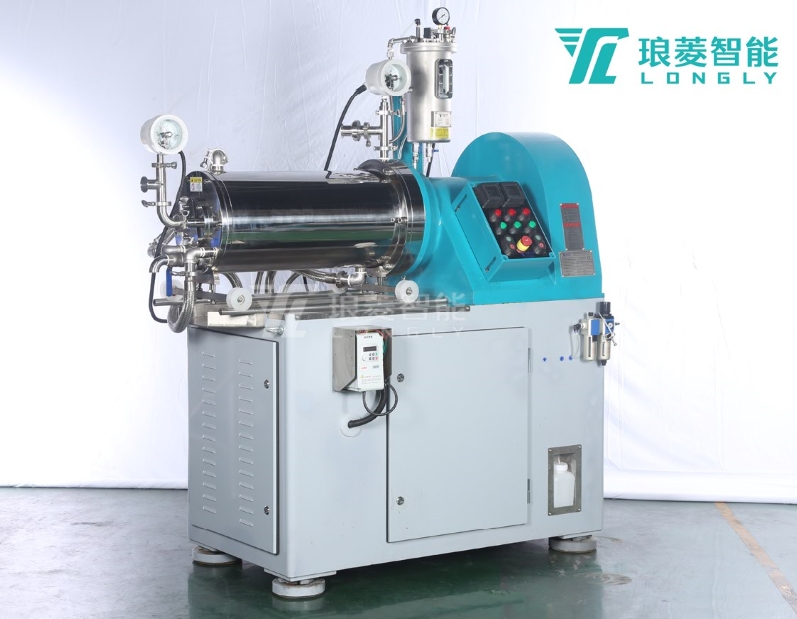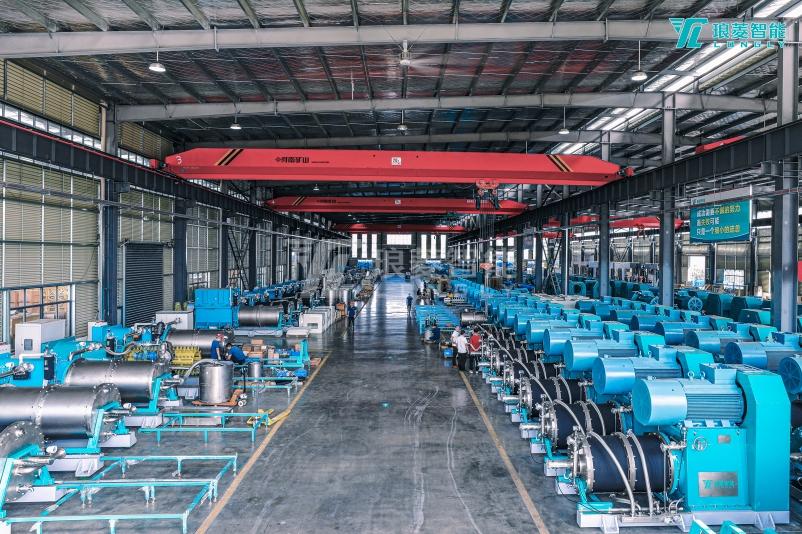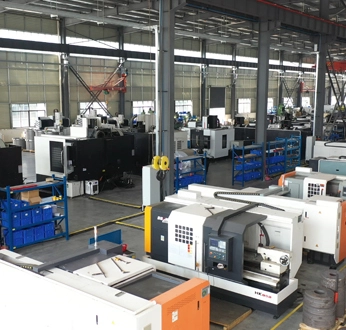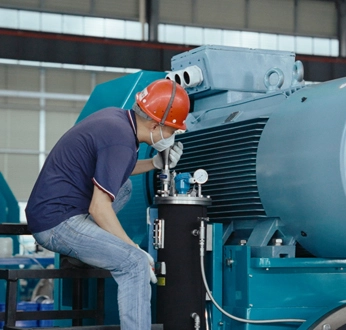
Ceramic products are supposed to be colored during production, and many manufacturers have commonly used ceramic pigments. Ceramic pigments contain metal oxide powders and other mixtures for ceramic glaze. They are used to color earthenware, porcelain, and terracotta, and they are also used in decorating porcelain enamels. When in the shape of powders, most ceramic pigments are off-white and the color will appear after calcining or sintering in kilns.

With the rapid development of modern technology, many high-end ceramics now use ceramic inks. Ceramic ink refers to the ink containing ceramic glaze ingredients, ceramic pigments, or ceramic colorants. The composition and function of ceramic inks are relevant to the working principle of the printer and the ink application.
Ceramic inks are made of inorganic non-metallic colorants (pigments or glazes), solvents, dispersants, binders, surfactants, and other auxiliary materials, among which inorganic non-metallic pigments are the core material. The standard type consists of particles less than 1 micron with narrow particle size distribution, and there is no large agglomeration between particles, which have good stability and withstand the solvent substances.

Both the production of ceramic pigments and ink needs a grinder. Generally speaking, it comes to crushing after raw material mixing, calcination, and water washing. And it uses a disc or bead mill in the crushing, to meet the required fineness. Although there is no explicit regulation on the particle size, particles generally passing through a 300-mesh sieve are needed. If the crushing is insufficient, the particle is too large to cover, causing spots after firing. On the contrary, if the particles are too fine, they cannot be fully fused into the glaze causing uneven glaze coverage that creates bare patches or craters on the ceramic surface.

▲Production Base (Assembly Department)
LONGLY group is the manufacturer integrating R&D, production, sales, design, and construction, that supplies wet grinding equipment, systems, and solutions, such as high-end laboratory bead mills, and complete sets of equipment in grinding. We are located in Dongguan, a charming manufacturing city in China. Four major technical support centers are set in East China, North China, Northeast China, and South China. The full product series, high quality and cost-effective solutions, efficient services, and successful cases in many different industries have made us a brand with a high rate of direct designation in the entire industry.

